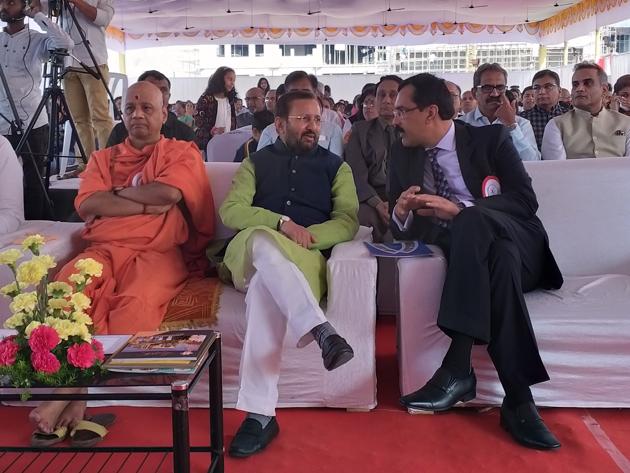Cutting down classroom syllabus to facilitate experiential learning, says HRD minister Prakash Javadekar
Javadekar said that there is a need for equal focus on experiential learning, sports, physical education and life skills education for the holistic development of the child
Union human resource department minister Prakash Javdekar on Sunday said that his ministry is planning to reduce the syllabus of school students by 30 per cent within next two years.

Javadekar during the inauguration of the Malpani Foundation’s Dhruv Global School at Nande village near Pune, said, “This year, we are reducing the syllabus by 10% and by 20% the following year, so that kids can get the required time for experiential learning, sports and life skills.”
Javadekar said that there is a need for equal focus on experiential learning, sports, physical education and life skills education for the holistic development of the child. “We are trying to reduce the burden of the classroom syllabus in a phased manner to facilitate this thought,” said the minister.
Javadekar also stressed that activities that are termed as extracurricular should have equal importance as classroom learning.
The minister said that the public and private sectors both have an equally important role to play when it comes to education. He sought an example of a cleanliness competition that was held last year, which was initially restricted to only state-run schools and thus, saw participation of only 2.5 lakh schools. However, this year when the competition was opened to private schools, the figure of participating schools reached 6.5 lakh. This is the benefit of taking both the sectors together, he said.
In India, about 26 crore children are taking school education, of which 13 crore are taking it from the state or central government schools. This shows us that the number of children in non-governmental schools is equally big, he added.






